
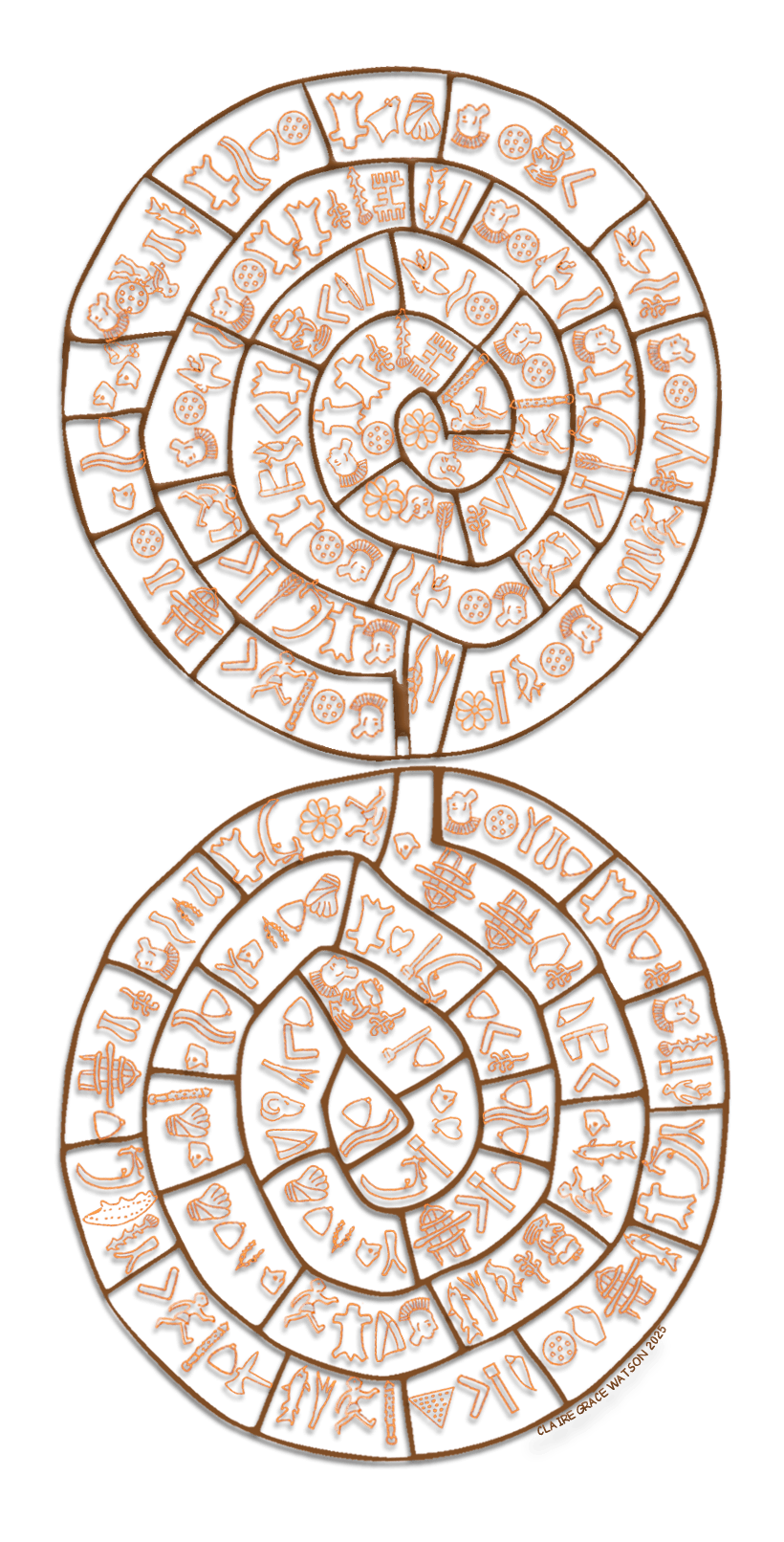
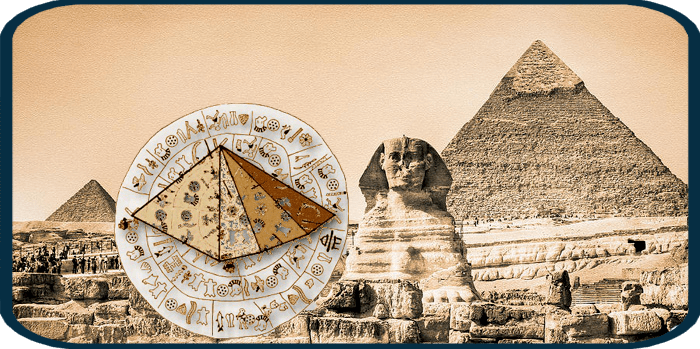
"Oh my God, it's full of stars. The thing's hollow! It goes on forever..." (2001: A Space Odyssey)
It does go on forever, as do the stars it describes so well. The Phaistos Disk is like a message in a bottle, but preserved on a clay disk instead. It is perhaps a record of the creation of the constellations by the Minoans. Excavated by archaeologists in 1908, at Phaistos palace in Crete, the disk and its origin remain big questions. Who created this 3,600 year old artifact and why? Of all of the suggestions I have offered over the last eighteen years (now 22) (*now 32), based on my research and steady thinking about this artifact, I have settled on these three possibilities.
The Minoans did it. The Phaistos Disk is the product of a Minoan civilization so artistically and scientifically advanced for its time, that we are having difficulty in accepting the brilliance of this ancient world.
Aliens did it. The Phaistos Disk was created by aliens to preserve an event in Earth history when aliens came from a distant galaxy and intervened in the Minoan and Egyptian cilivizations to build the Great Pyramid, for reasons we have yet to figure out.
The Minoans-Atlanteans did it. The Minoans were resonant with planetary ultraterrestrials, the legendary Atlanteans, who guided them in creating the Phaistos Disk and in building an Atlantis on earth - Minoan Crete.
If choices two and three seem far-fetched, then you don't know the Phaistos Disk like I do. The Phaistos Disk is an ancient artifact nearly 4,000 years old. But despite its meticulous recording of historical events, the disk's validity recently came under attack by an opportunistic archaeologist who claimed the Phaistos Disk to be a hoax. He also claimed to be an authority on art hoaxes. I take this opportunity to defend the Phaistos Disk and its discoverer, Luigi Pernier.
Hoax Defense
(a) - The hoaxologist published this theory as an article in a magazine he funds himself. The magazine contains archaeology articles and
advertisements for antique furniture that he owns.
(b) - He claims Luigi Pernier, who discovered the disk in 1908, was motivated to create it and plant it there because he was
jealous of Sir Arthur Evans' fame.
(c) - Luigi Pernier, the discoverer of the Phaistos Disk, is dead and cannot defend himself, nor has anything ever been written or recorded to indicate Luigi Pernier did anything wrong.
(d) - He seeks to create a debate in London at the Society of Antiqueries as to whether it is a forgery.
(e) - He chooses who will debate his theory that the disk is a forgery.
(f) - He has invited as a keynote speaker another archaeologist who is an expert in Aegean scripts.
(g) - When I offered, by email, to appear at the debate and defend Luigi Pernier and disprove the forgery theory, I have so far received no response. I do not expect to receive an invitation. Therefore, the following is my debate.
(h) - Less than a day after I first published this web page, I received this email response.
Dear Ms. Watson,
Please excuse my delay in answering your very interesting e-mail as I have been inundated with e-mail correspondence. I would certainly be interested in receiving your abstract for either an oral or poster presentation for the Conference provided it is [sic] basically consists of new and original ideas beyond your Minoan wave spiral concept and not something that you have already published on your website (which I have made reference to in my article).
I look forward to your reply and to the possibility that you might attend the Conference.
Cordially,
Jerome M. Eisenberg. Ph.D.
Editor-in-Chief, Minerva,
The International Review of Ancient Art & Archaeology,
and
Chairman, International Conference on the Phaistos Disk
I have extensively researched the Phaistos Disk for eighteen years (now 22) (*now 32) and I believe it is an authentic Minoan artifact.
I also believe that the man who created this hoax theory is motivated to draw attention to himself, to sell subscriptions to his magazine
and to create more advertising revenue for his advertisers. I suggest it is not Luigi Pernier who was jealous of Evans but the hoaxologist who
is jealous of Luigi Pernier for achieving something remarkable in archaeology. Eisenberg has no qualms in destroying Luigi Pernier's good name and
reputation in order to sell subscriptions and furniture. He may call his scheduled event the International Conference on the Phaistos Disk,
but he certainly has no intentions of holding a serious debate on the Phaistos Disk suitable to the antiquarian society.
The Society of Antiqueries in London is centuries-old and is a respected forum for debate, but Eisenberg does not hesitate to
use this society to commercialize himself. The original concept of the debate was one of scholarship and not commercialism. The Society
should halt this conference, or remove him from control of who will attend, and take control of it themselves, so that at the center of the
debate is the Phaistos Disk. The debate should include anyone who has original material to present in debating this hoax theory, which also
entails defending Luigi Pernier and his good name. If only linguists and scriptologists attend, then no meaningful debate can be expected that
would disprove the hoaxologist's theory, as the Phaistos Disk contains a one-off script, if it really is a script at all. (*It isn't.)
My work on the Phaistos Disk has been published for many years and while it may not conclusively prove what the Phaistos Disk is
all about, it certainly proves conclusively that this artifact cannot possibly be a forgery, and for several reasons.
(1) - The Phaistos Disk is remarkable no matter when it was created. Even today, this would be an amazing creation by a pottery artist.
But in 1908 when it was discovered, not enough was known about this civilization, or even this period of time, by any artist or archaeologist anywhere
to create this pottery art masterpiece that so perfectly aligns itself with what we now know about the Minoan Civilization.
(2) - Even if you could present a good argument that this incredible artifact could be created by someone in 1908, you could hardly
argue effectively that the artist who created it would be satisfied to remain forever anonymous, with not even a death bed confession.
(3) - Even an archaeologist overcome with jealously could still reason that the discovery of one significant artifact could never
outweigh the discovery by Evans of an entire lost civilization.
(4) - A scientific test that would destroy part of the artifact is not even necessary. Just a look at the eight hidden patterns
on the disk will prove its authenticity. They are: a Minoan wave spiral; a Minoan figure 8 shield; a star inside a heptagon which could be the
star Sirius surrounded by the seven planets; a perfect image of the constellation Argo; an interior view of a pyramid; an exterior view of a
pyramid that could be the Great Pyramid; and an image that might be the sacred cave where telescope lenses were discovered that are now on
display in a museum in Crete.
(5) - A debate worthy of the Society of Antiqueries in London would be how significant these images could be in establishing
a theory of Minoan astronomy. This of course does not further the agenda of the hoaxologist, but it does acknowledge Luigi Pernier in his significant
discovery and it lends a great deal of credence to recent theories by archaeologists G. Henriksson and M. Blomberg who write:
We argue from these results (astronomical orientation of the palaces of Crete) that the Minoans had begun
systematic observations of the sun, the moon and the bright star Arcturus by the end of the Early Minoan Period (ca 2000 BC). The proximity
of Crete to Egypt and the Near East and the documented contact among these regions invite comparison of the calendrical uses of astronomical
knowledge in the three areas in the Bronze Age.
Copyright Notice - Disk of the World - Text and images copyrighted March 21, 1993-2025, Claire Grace Watson, B.A., M.S.T., U.S. Copyright and under the Digital Millennium Copyright Act of 1998, All rights reserved. No part of this web page may be reproduced or transmitted in any form or by any means without written permission from the author, except for the inclusion of brief quotations in a review.
Wrong MotivationHere is What He does not Want Me to Present at his Hoax Conference as it would Disprove his Hoax THeory
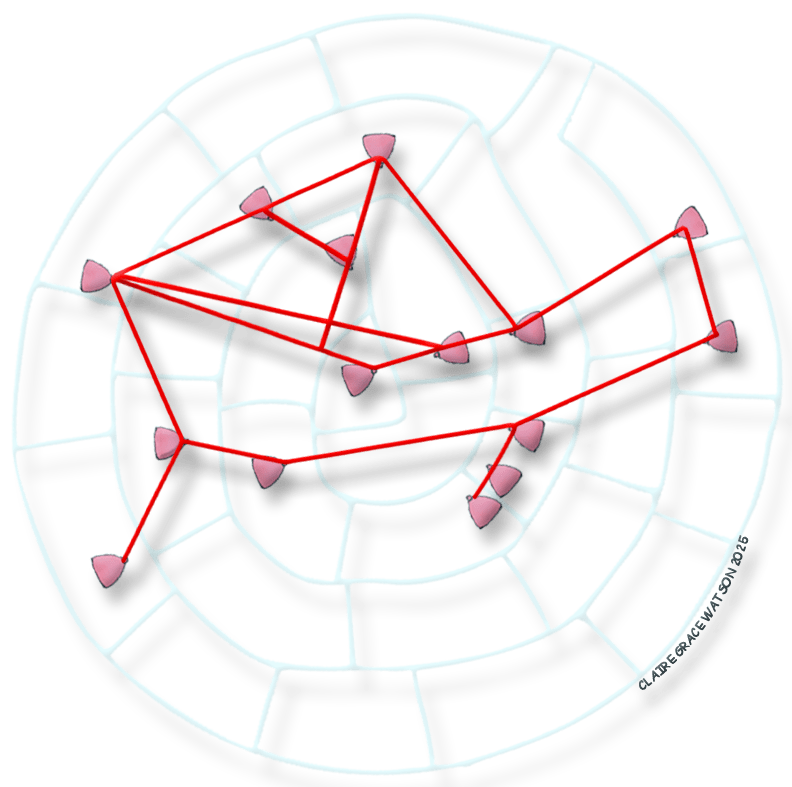
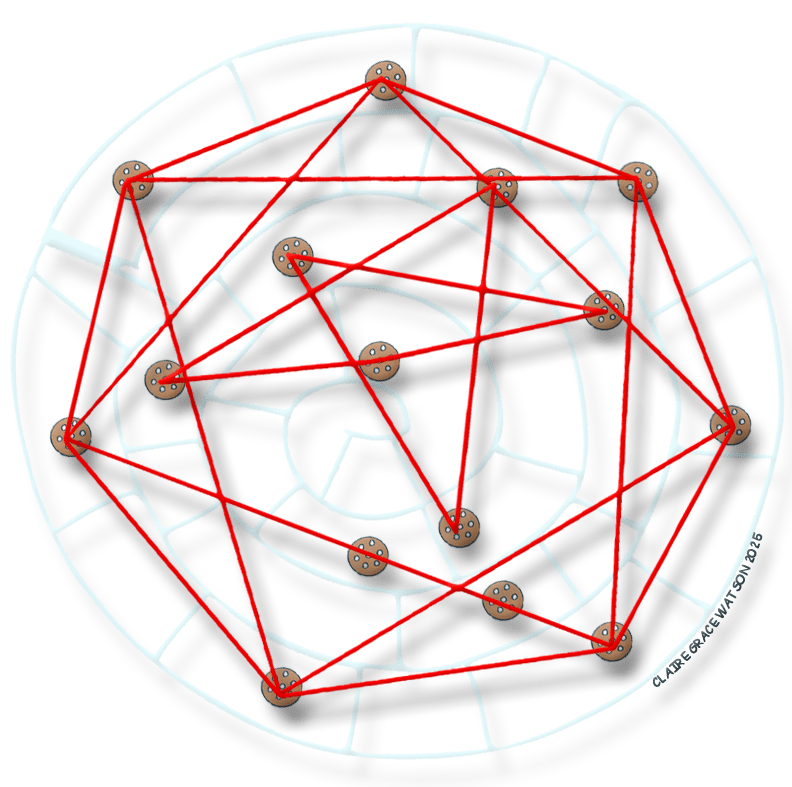
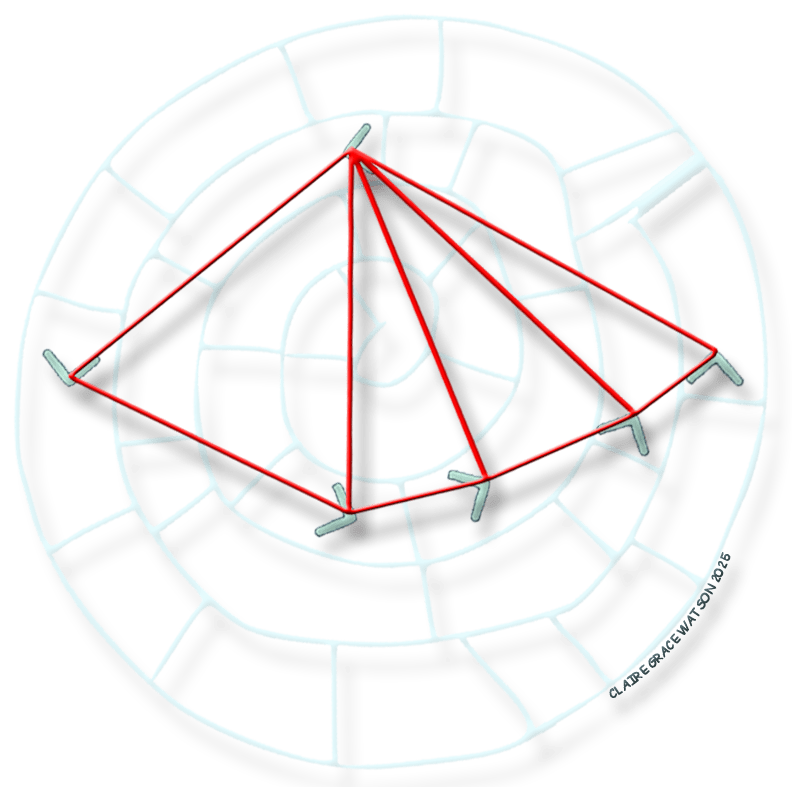
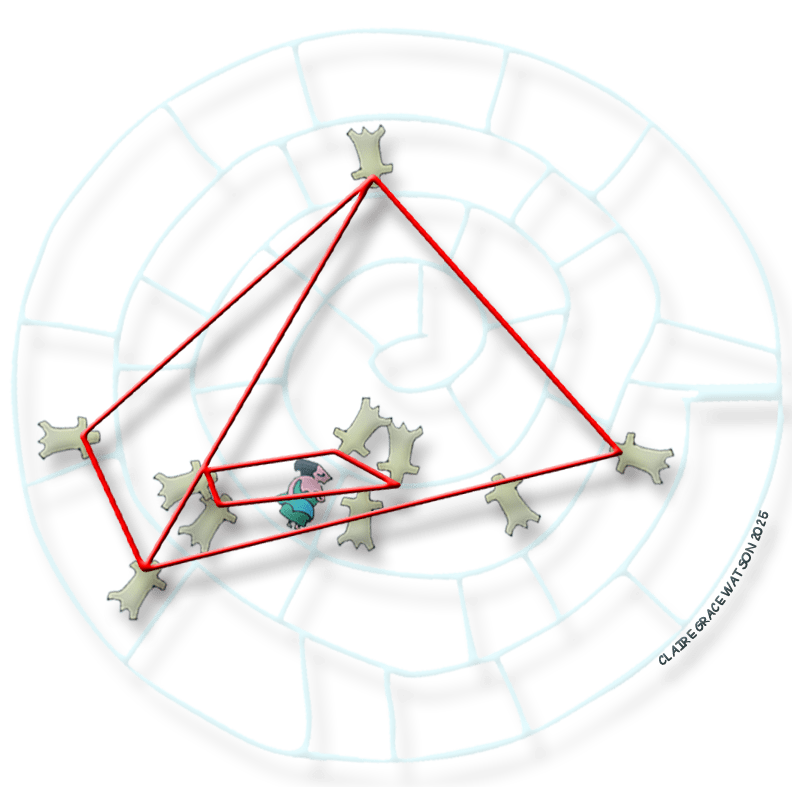

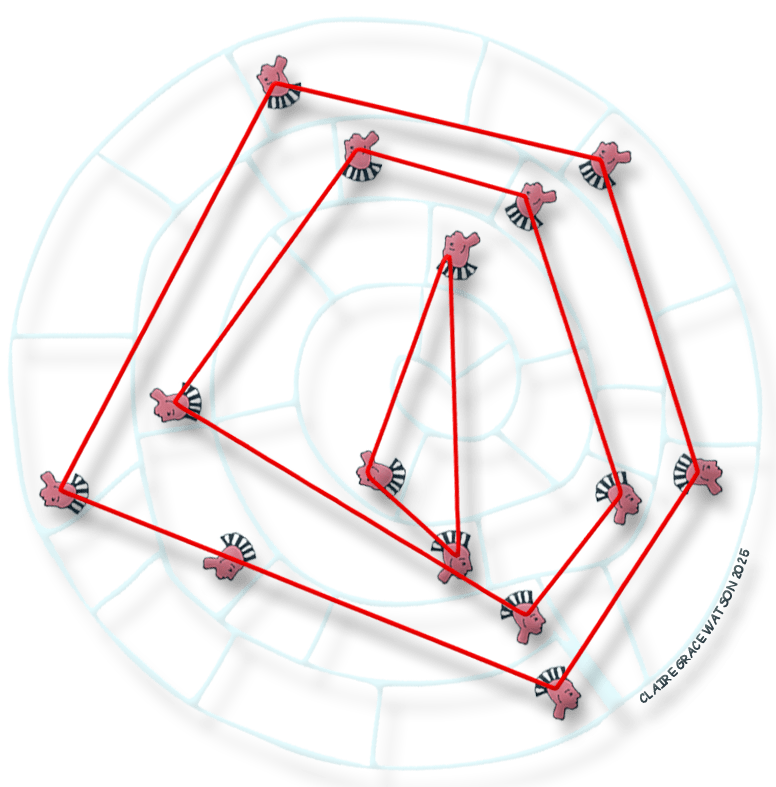
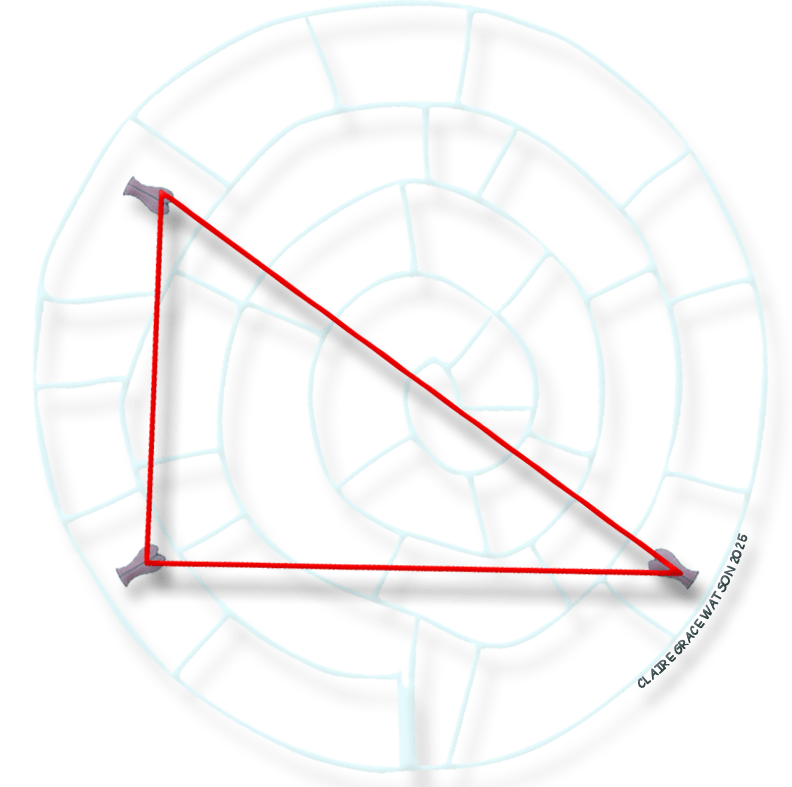
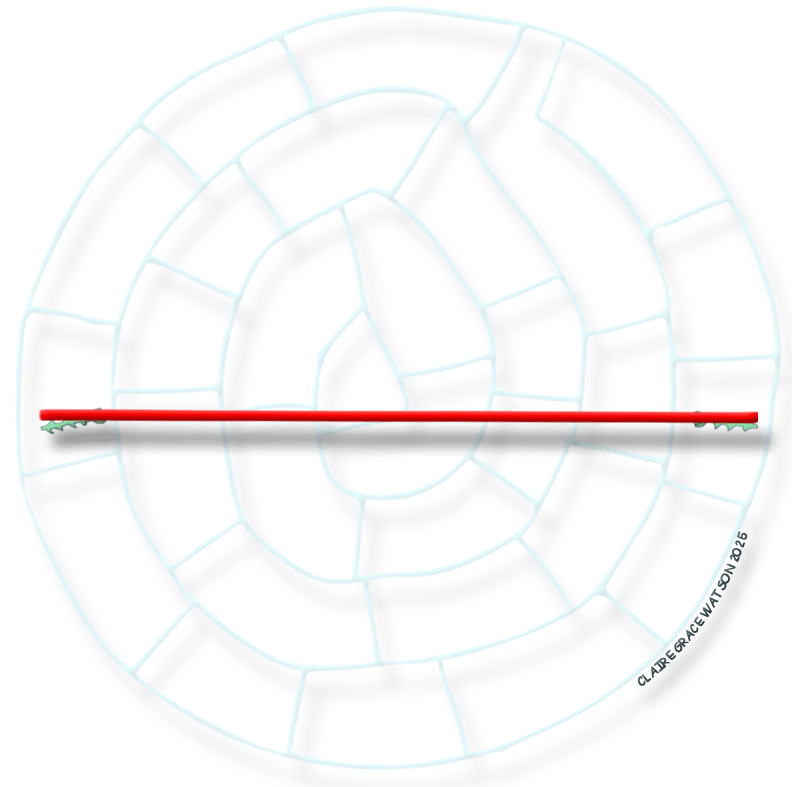 Pagemap
Bookmap
Pagemap
Bookmap![]()